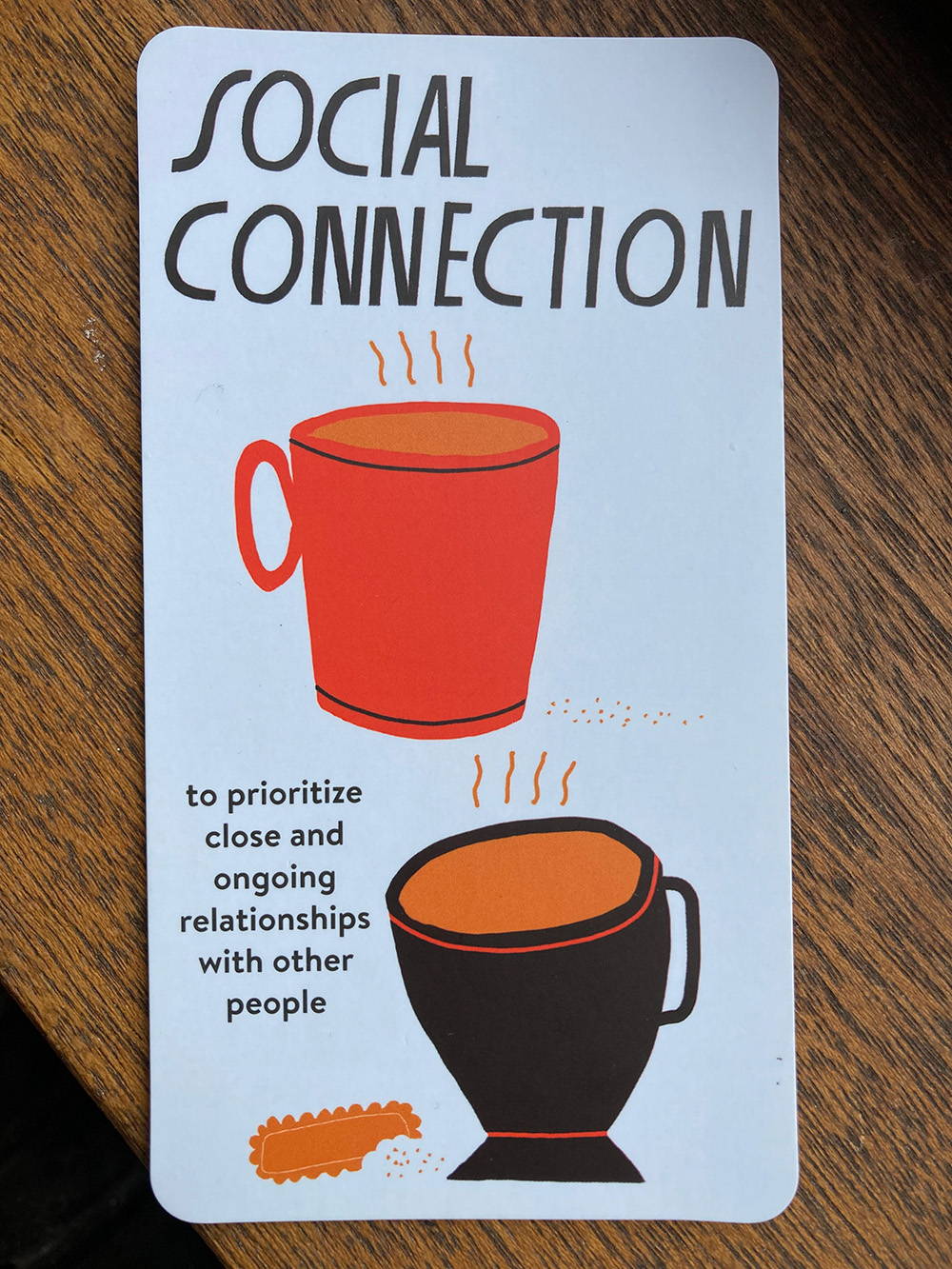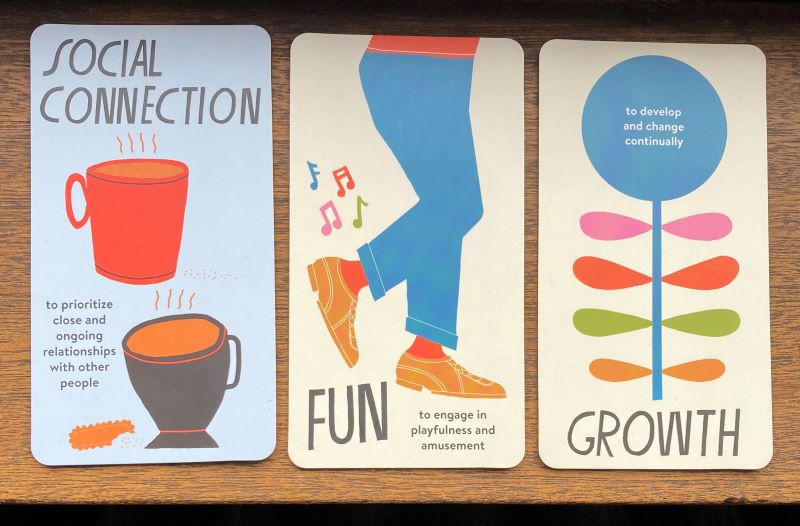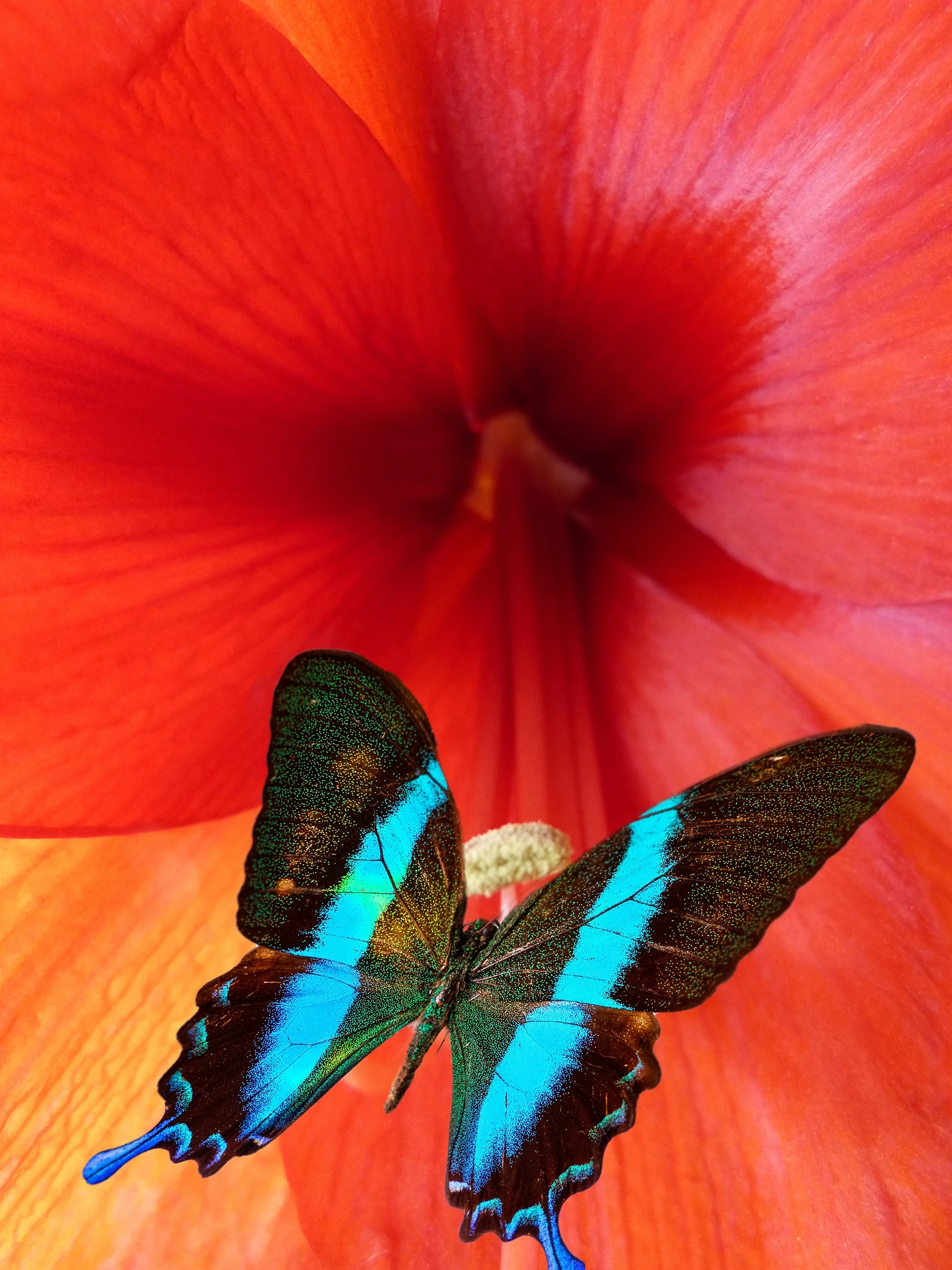It’s cold, windy, and wet outside. Yet here in my Herald building office, it’s toasty with the old radiators pumping out heat.
As I pondered so many entry points to talk about play and joy… the story of Barbara Tint rose to the surface. I stumbled upon her story during the first week of my business launching in Sept 2018.
And her story seems very salient for our times.
I encourage you to slow down and really take it in.
She was a professor and practitioner of conflict resolution and had worked in Sri Lanka, Rwanda, Israel/Palestine, and many other places. One day she sat with a her meditation teacher in Sri Lanka and he said to her, “Your energy is very heavy. I’m getting the feeling you’re absorbing the trauma of the people you work with.”
She continues:
At this, I began to cry. He was right. My latest projects had been working with refugees of the genocides in East Africa and I had moved from one heartbreaking story of displacement and loss to another. While he saw that the work was creating a psychological burden for me, I could not imagine abandoning it. And I also knew that for my sake and for the sake of the people I worked with, I needed to find a path that would allow me to move forward with more sustainable energy.
At the same time, I had serendipitously discovered the Applied Improvisation Network (AIN) and, as luck would have it, their next international conference was the following month in my hometown of Portland, Oregon.
She cautiously signed up for one day and…
four days later I came out a changed woman. All the heaviness I was carrying was lifted by the spontaneous, joyous, generous, freeing collaborative work and spirit of improvisation and its participants.
But she wondered – how would she connect improv to her work?
I initially felt like I had two seemingly disparate realities: the ‘important’, difficult, and heavy world of international conflict and the ‘frivolous’, playful, and joyous world of improv. How could I bring them together? I couldn’t exactly approach genocide survivors or my students with clapping games or word-at-a-time exercises. Or could I? I slowly began to see that these principles and methods provided some of the most transformative and healing potential I had ever experienced. They were anything but frivolous and were useful in working with individuals and community members in conflict as well as those training to be conflict resolvers.
I remember reading this and feeling chills of aliveness through my body. It was amazing that I was reading this just as I was starting out my business. I have noticed this sustainability question myself and talked with so many leaders that have this ongoing thread of inquiry, and really it’s not ”work-life balance”.. its this wicked question of:
How do I pursue my work, my vocation, AND have full vitality simultaneously?
We are coming to the end of the myth that the best work can only be done by busting our ass, working insane hours, ignoring our body’s signals. Alarm bells from our bodies, our co-workers, our earth.. NOT SUSTAINABLE!!
Its critical to find a new way forward.
I, like Barbara, have tasted this “spontaneous, joyous, generous, freeing collaborative work and spirit of improvisation” and it’s transformed my life for the last fourteen years.
And let me get to the point: we can’t just read about play and improv we must taste it – meaning – participate in it.
To that end, I’ve created two opportunities for you to jump in and taste it for yourself:
1. Fri, Feb 21 9-9:20am 20-min Virtual Play Break – FREE Event I’m facilitating.
2. Fri, March 21 9-10:30am 90-min ”Catalyzing Connection, Joy, and Transformative Learning via Improvised Play”. Virtual Workshop (NOT a passive Webinar)
If you are on the fence or about to write this off… I encourage you to underthink it, just come and see – especially to the FREE taster this Friday morning – just 20mins. Hope to see you there.
As always, I’m up for a 1:1 Chat! Drop me a line and let’s have a 30min chat on Zoom, or a coffee in person to explore how I might support your work in cultivating connectedness.
Gratefully,
David Westerlund
Executive Coach,
Designer/Facilitator of Team/Org-wide/Leadership Development Retreats,
Catalyst of Meaningful and Playful Engagement
www.DavidWesterlund.com
david@davidwesterlund.com
Source: Tint, Barbara (2018). From Hell, No to Yes, And: Applied Improvisation for Training in Conflict Resolution, Mediation, and Law. Chapter 10 In Dudeck, Theresa Robbins and Caitlin McClure (Eds.), Applied Improvisation: Leading, Collaborating, and Creating Beyond the Theatre, (p200-201). Bloomsbury Publishing.






